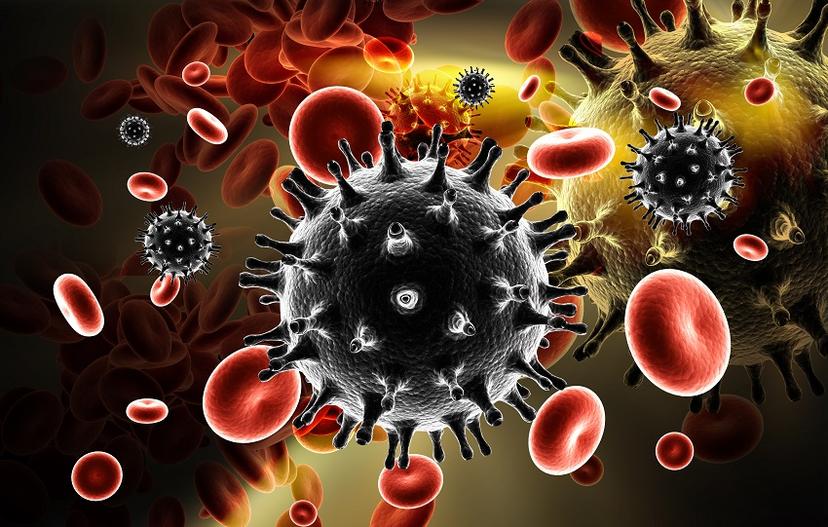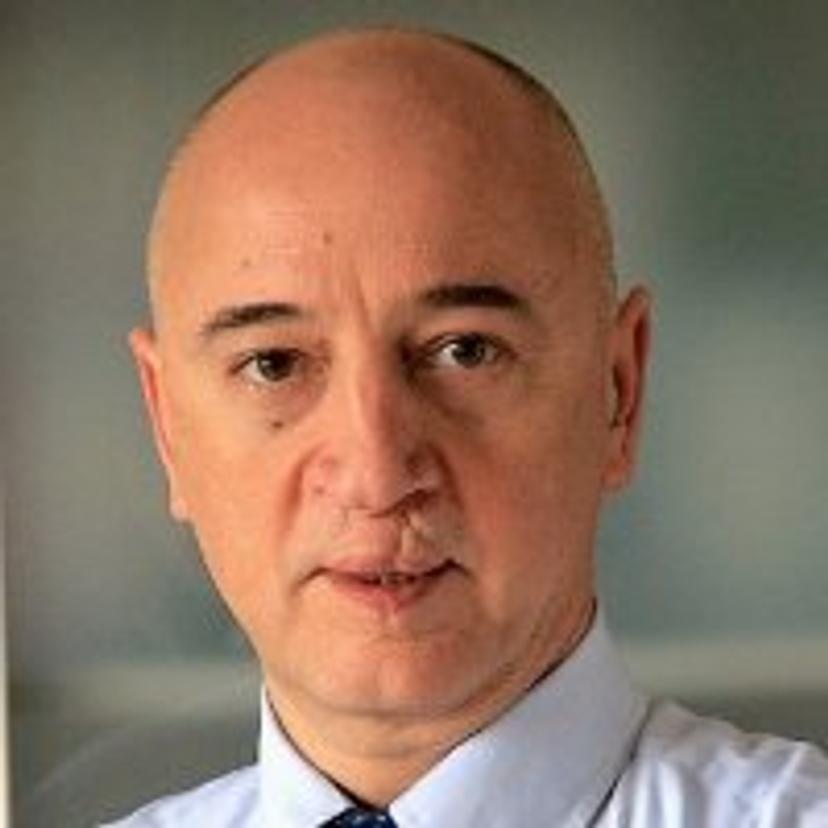Webinar Highlights: Advanced Molecular and Cellular Technologies for Better Monitoring of HIV+ Patients
16 Jan 2017

Professor Cossarizza discusses, the latest HIV research and treatment options.

Professor Andrea Cossarizza University of Modena and Reggio Emilia School of Medicine
In this webinar, Professor Andrea Cossarizza, from the University of Modena and Reggio Emilia School of Medicine, discusses the latest HIV research and treatment options, as well as the clinical applications of advanced single cell analysis approaches.
Read on for highlights from the Q&A session of the webinar, and if you missed it, watch the webinar on-demand.
Q: What was your experience using the S3e™ cell sorter? Was there a particular reason you chose the instrument for these experiments?
We have had a very good experience with this equipment, and have had it for some time. We like the S3e™ cell sorter as it is very simple to use, many things are automatic. There is also a remote setting, which is useful for when you are travelling away from the laboratory. It is also small enough to go under a cabinet, which is important so we can sort cells in a sterile environment, and in a way which is a safe way for the operator. I often see people carrying out lab sorting without respecting the rules of good sorting practice, which would include putting it under the cabinet. The S3e™ cell sorter is also very sensitive, and it is reasonably priced, we have no need to train people to use complicated instruments.
Q: You have created a nice method that combines sorting of T-cells with digital PCR analysis. What experiments are you planning to do next?
We have also developed another system to measure other forms of the virus. We have analysed the integration of HIV in cells, and simpler forms of the virus. We are starting to study the effect of checkpoint inhibitor drugs, such as PD-L1, on cancer cells. We are developing new assays to measure the activation of cells, and to identify biomarkers which are related to the capacity of the patient to respond to the therapy. This is a crucial issue in the field of cancer therapy.
Q: You discussed several approaches to a cure for HIV. What are your thoughts on using gene editing in immune cells to reduce the rate of HIV infection?
Gene editing is crucial, however all approaches must be feasible on a large scale. With gene editing you can manipulate gene expression and remove parts of the genome. However, whilst this can be done in a laboratory, it is not feasible in patients. It is also too expensive as a large-scale strategy. In terms of developing a large-scale strategy, the goal is to develop a vaccine. There are two types of potential vaccine: a preventative vaccine, to prevent spread of infection, and a therapeutic vaccine, to help the immune system remove and kill infected cells. In my opinion, gene editing is a nice proof of concept, but I don’t see it as a feasible strategy.
